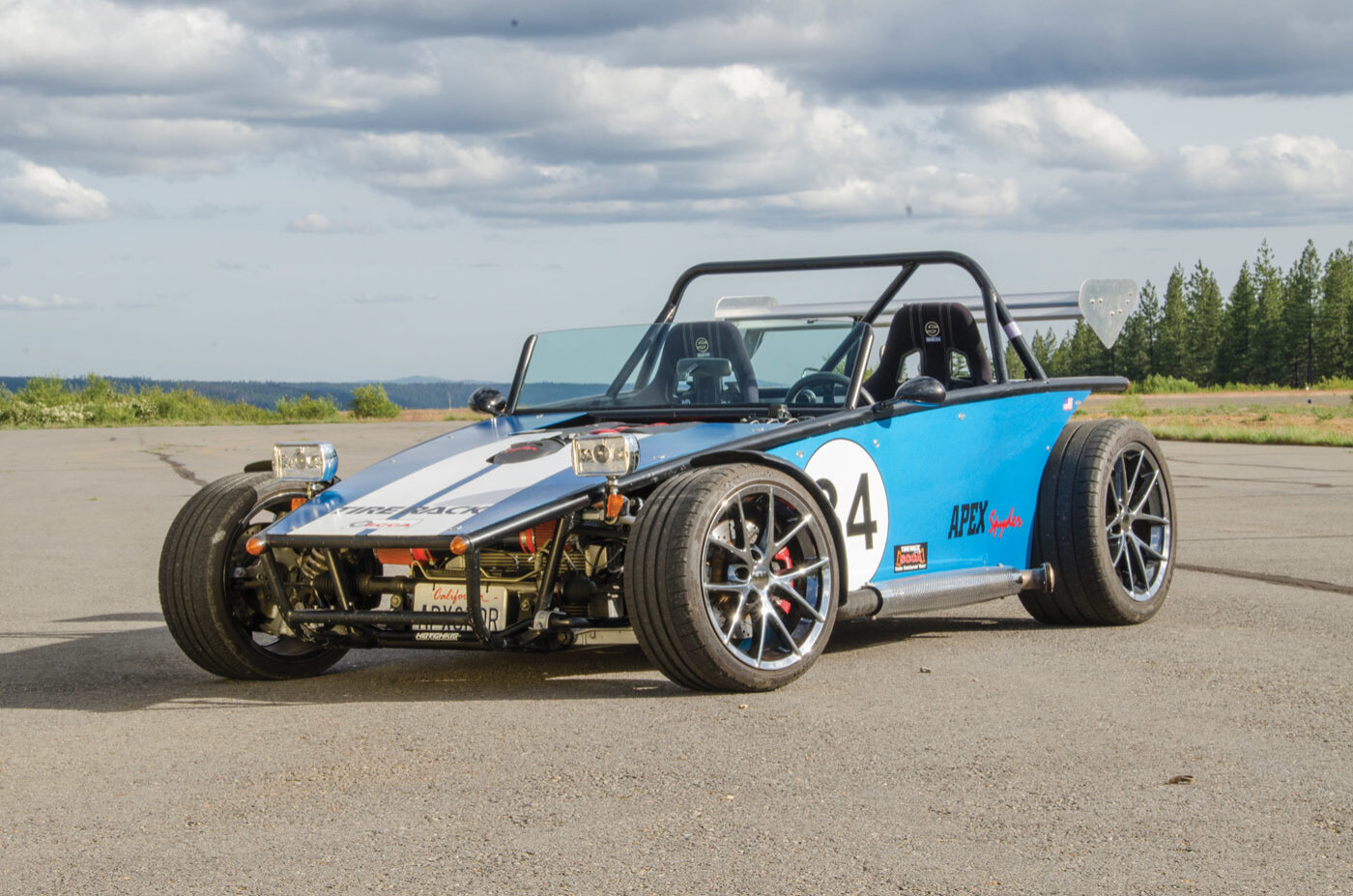
Apex Spyder is a radical Corvette-based exo car
As told by Dave Green
Photos by Steve Temple
Corvette owners and enthusiasts have access to loads of performance parts, but I’ve always imagined another use for these parts aside from basic modifying and repairs. After a few basic design iterations, that’s basically how my Apex Spyder came to be.
The Spyder’s specifications are virtually the same as a stock 1999 C5 Z06 Corvette as far as engine displacement, steering ratio and gear ratios. But the power-to-weight ratio is radically different, as the car tips the scales at about 1,860 pounds, a little more than half of what a stock C5 weighs.
Even so, I couldn’t help myself from enhancing the engine output by having the computer reflashed to remove the smog programming. I also installed a Lunati camshaft and a set of tuned headers, but with the right side on the left and vice versa. By reversing the direction of the headers, I was able to move the exhaust outlets forward, ahead of the footboxes. I was still pretty concerned about excess heat from the engine, but I lined the firewall and footboxes with heat-reflecting material and haven’t had any problems.
The frame of the Spyder evolved from a Corvette-based sprint car that I had built from the C5 parts catalog. The car was amazing on the autocross circuit, but I really wanted to create a two-seat version so I could take passengers along for the ride.
My son Phil and I built the chassis from 1.5- and 2.0-inch DOM steel tubing in my home shop on a custom frame jig. We used the SCCA frame construction rules as a guide and triangulated the frame tubes as much as possible. I cut up the standard Corvette torque-tube driveline and shortened it 34 inches for use in the Spyder. The motor sits on solid polyurethane motor mounts, and I had to shorten the Corvette shift linkage. The anti-lock braking system was disabled, and dual Wilwood master cylinders were used to meet the SCCA safety requirements.
The body panels are made from aluminum and can be changed in about five minutes. I have a set of blue panels with the racing numbers and a second set that is painted lime green for the street.
While designing and constructing the car, and especially after driving it, it occurred to us that the Spyder would be the perfect complement to any serious Corvette owner’s garage. It could also be a relatively inexpensive way to get track time without the risk of damaging your genuine Corvette (that you might still be making payments on). Plans are in the works to build more Apex Spyders, including an electric version, but in the meantime, we’re really enjoying the drive in our bare-bones, Vette-powered racer. That’s what I call hitting the Apex.

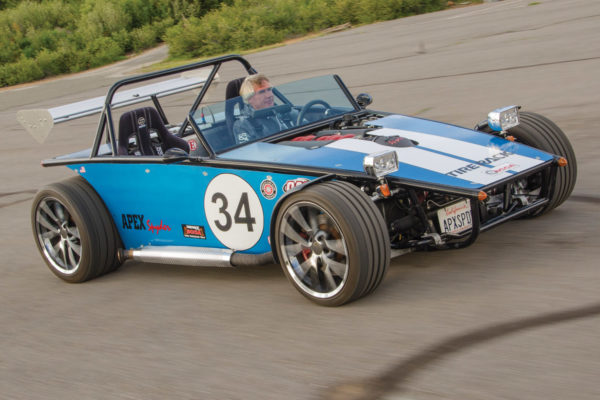
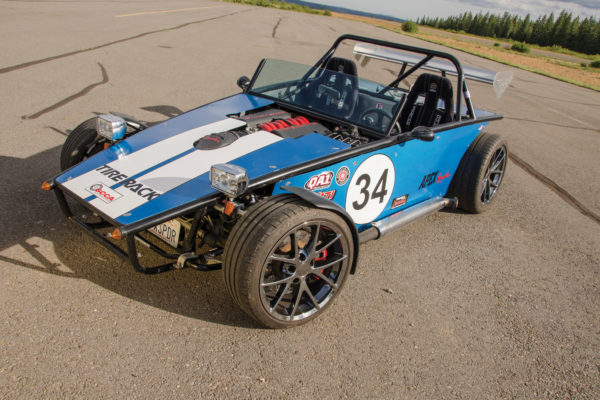
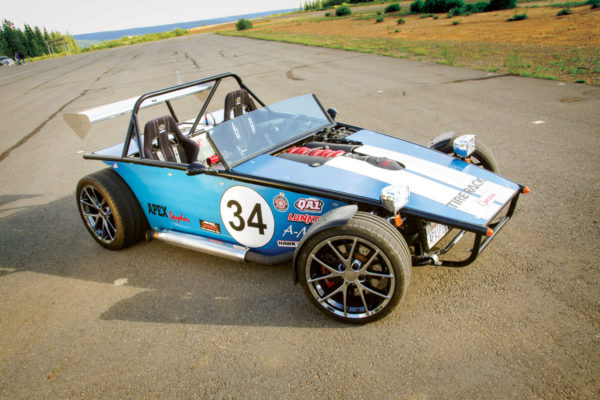
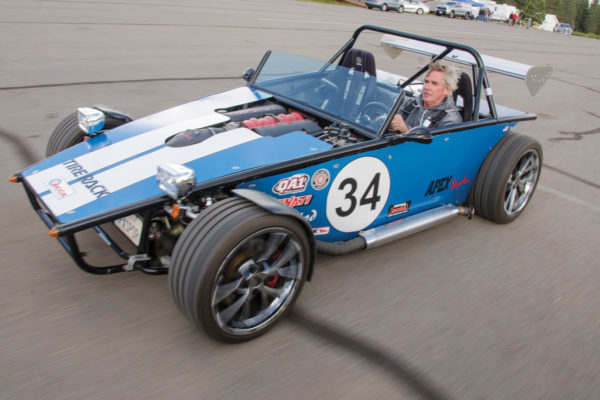
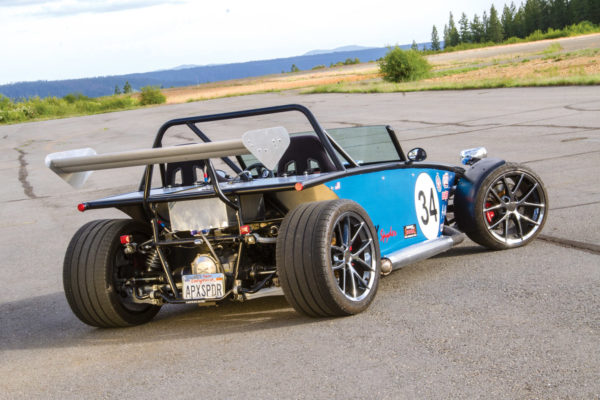
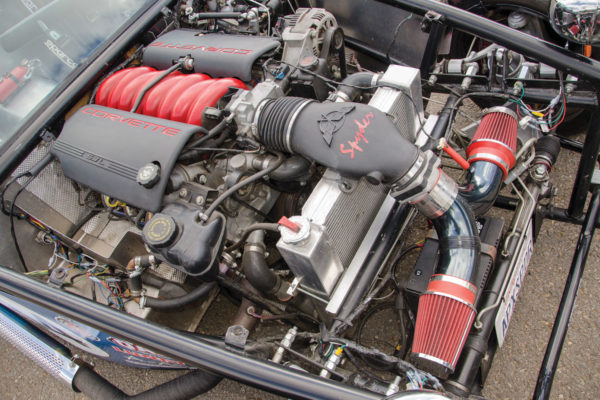
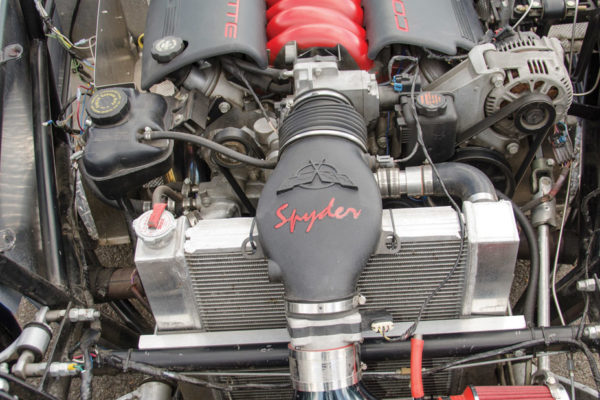
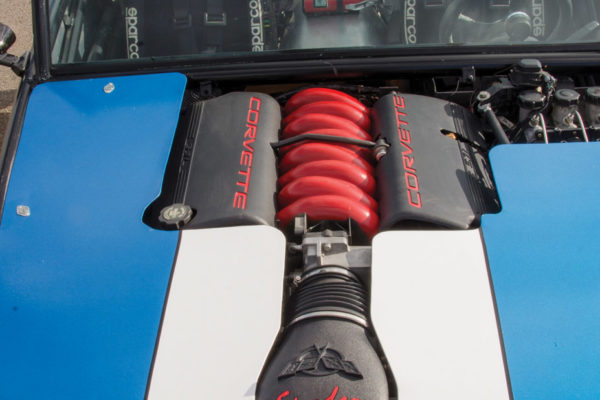
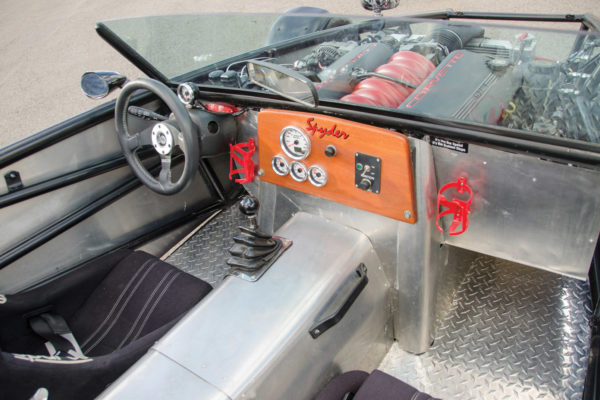
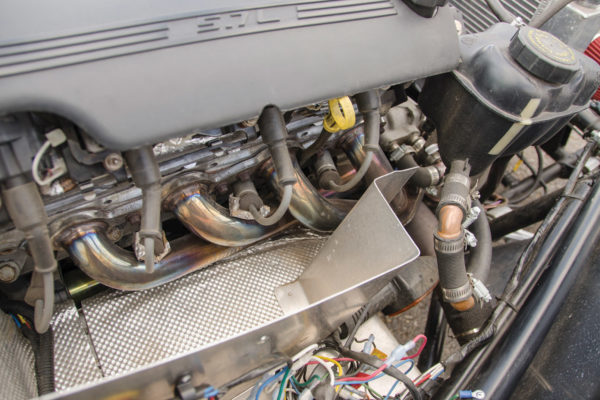
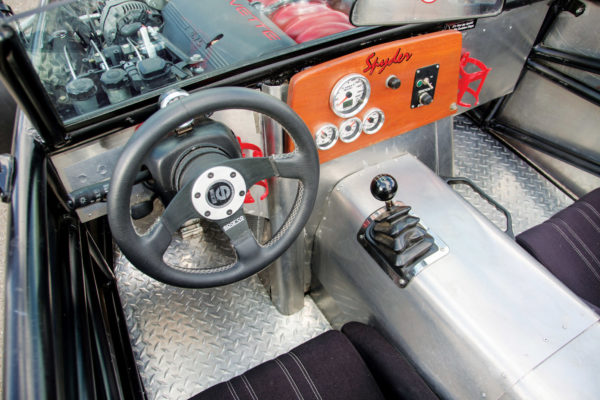
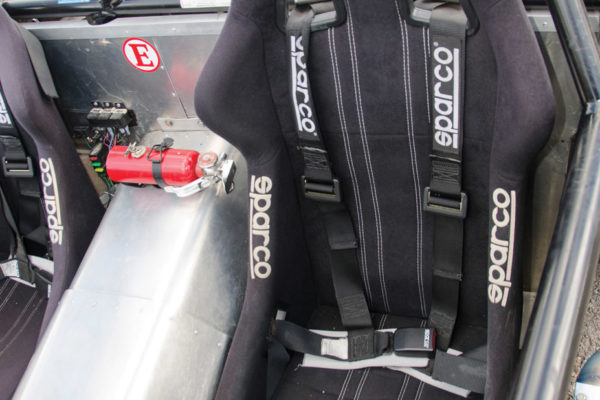
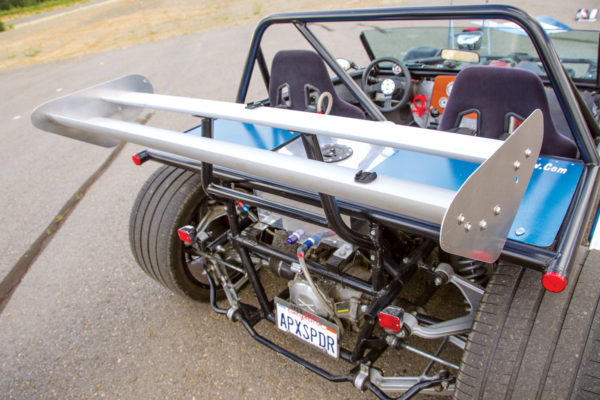
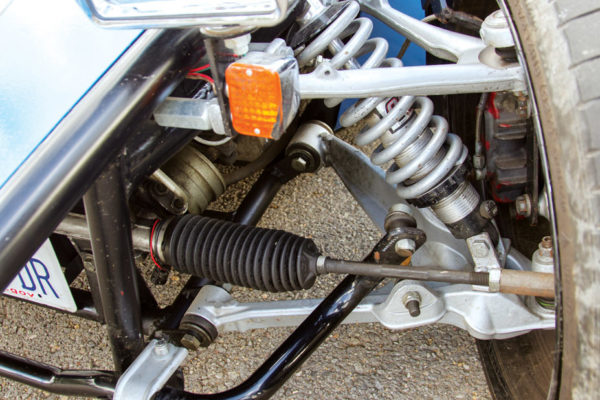
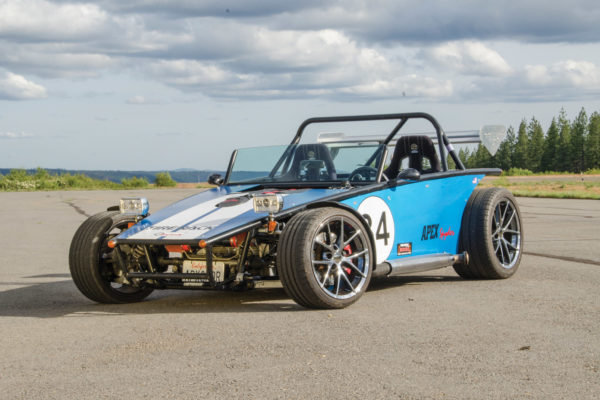
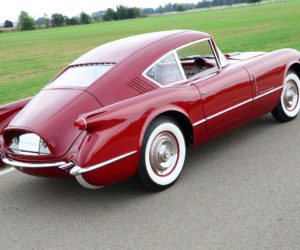
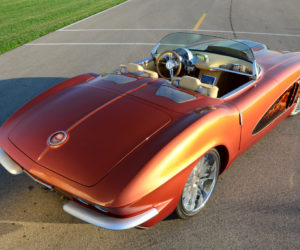
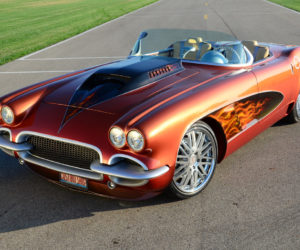
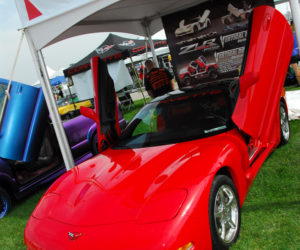
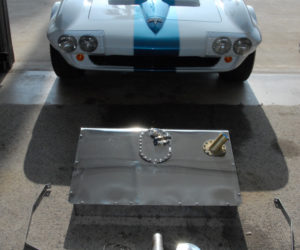
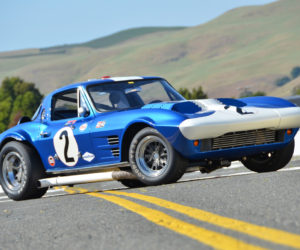




Comments for: Hitting the Apex
comments powered by Disqus